Swiss Cheese Plant (Monstera Deliciosa)
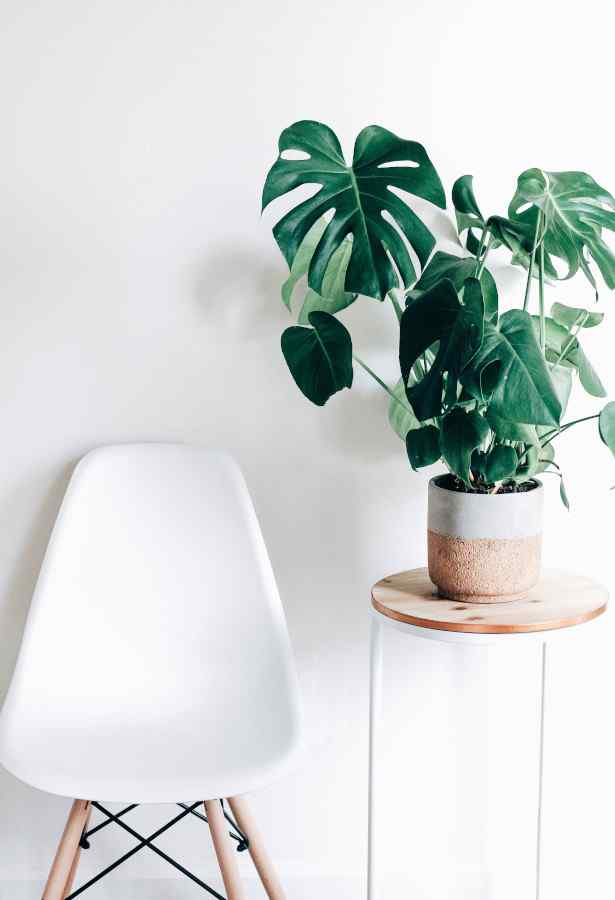
Monstera is a tropical plant. Its name comes from the Latin meaning “abnormal” because of the elongated holes that are a feature of its leaves.
These are one of the most popular indoor plants. Their leaves are strikingly beautiful and are often featured in tropical fabrics, wall papers and as motifs on kitchenware.
Monstera needs space to grow but can be grown in any space. It is the type of plant that makes a statement and needs to be positioned on a table or in a room as such rather than in a tight corner or on a windowsill.
Check out this YouTube video by Apartment Therapy for tips on caring for your Monstera.
Climate
Monstera loves indirect sunlight. Too much sunlight and the leaves will go yellow.
It also loves humidity so a bathroom position is fantastic.
Care Instructions
Water moderately and evenly, about once a week. Wait until the soil is fairly dry before watering again. Excessive watering or leaving the plant to sit in water may lead to root rot.
These plants like to be kept in a fairly humid environment. Spray the foliage or position on a tray with pebbles and a small amount of water to assist in creating this environment.
Monsteras need a stake or trellis for support because they like to climb.
Keep their leaves shiny and healthy by regularly cleaning with a soft, damp cloth.
They will require feeding in spring and summer.
To control excessive growth, don’t re-pot too often and prune regularly by snipping off new growth.
Other
Monstera leaves also look great in glass vases. Trim a leaf off and place in water for a striking statement.
Devil’s Ivy (Epipremnum Aureum)
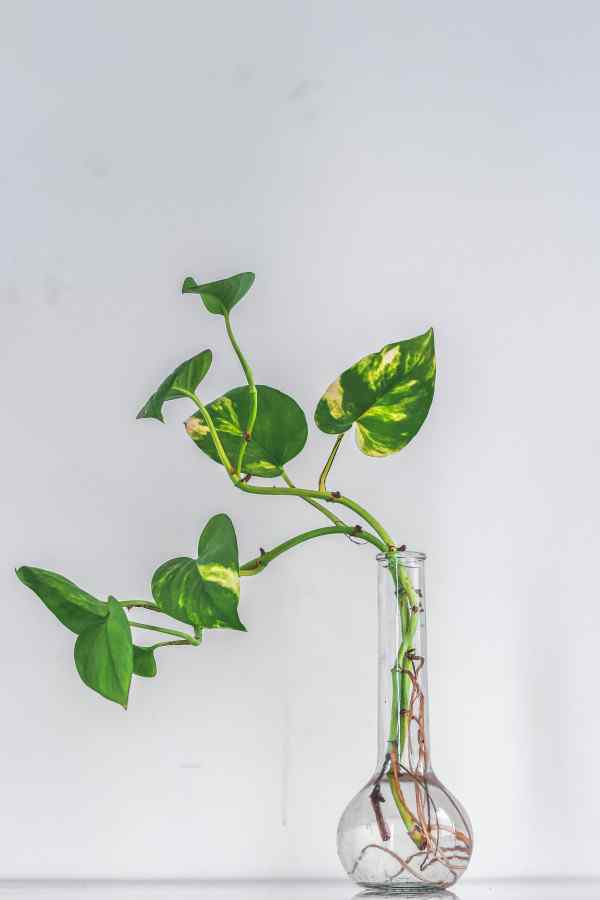
Climate
Devil’s Ivy enjoys most environments, even those that do not receive a lot of direct sunlight.Care Instructions
Water moderately once a week but don’t be too concerned about your watering schedule because they are extremely drought tolerant. Cut back old growth fortnightly. Prune to control the overall shape and length of the trailing growth. These plants don’t require regular feeding and can be grown directly in water.Other
Devil’s Ivy are easy to propagate. Just place small cuttings in glass jars of water to encourage roots to start then transfer to pots later or leave in jars.Peace Lily (Spathiphyllum)

Climate
Peace Lilies prefer indirect light but will also tolerate artificial lights and darker environments. Yellowing leaves may be caused by light that is too strong, while brown or scorched leaves may be caused by direct sunlight. These plants thrive in most warmer locations and enjoy a more humid environment. Peace Lilies do not like cold drafts or cooler temperatures.Care Instructions
Water and spray with water once a week in warmer periods, less often in colder periods. Do not over water because Peace Lilies can develop root rot. The leaves of the Peace Lily will droop when they need watering, which is a fantastic signal for beginners to learn. Magically, even if you find your plant severely dehydrated, with its leaves flat over the pot edge, if you water and spray it, you will be surprised just how quickly it recovers. Wipe down the leaves to prevent dust from building up on the foliage.Other
Unfortunately, Peace Lilies are poisonous to cats so keep your furry friends away from these plants.Mother in Law’s Tongue (Sansevieria)
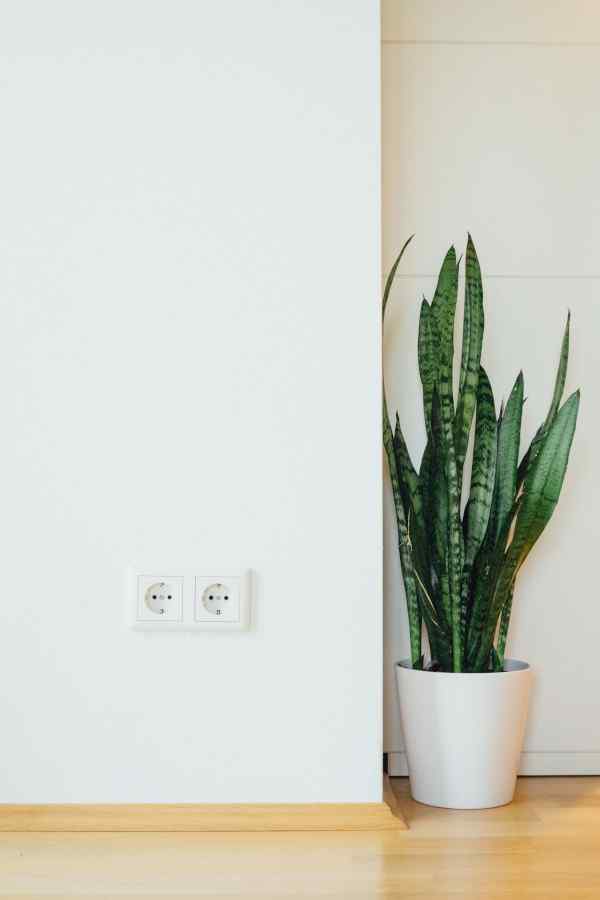
Mother in Law’s Tongue, or Snake Plant, is another extremely hardly and tolerant indoor plant. In fact, this one is hard to kill. Unlike your mother in law, this plant will survive in low light, drought and cope with generally being ignored. It features broad, vertical, sword-shaped leaves which come in colors from mottled dark green to variegated white and yellow.
Similar to the other fast growing indoor plants we have featured, this plant is also great at helping to clean the air in your home. They produce oxygen mainly at night so these plants are great in the bedroom.
Climate
Mother in Law’s Tongue can handle both full sun and low light but prefers a position that gets both indirect sunlight and a few hours of direct sunlight per day.
Care Instructions
Water infrequently, allowing the soil to dry out in between watering. Use a well-drained, preferably more sandy soil. These plants are also prone to root rot.
This plant prefers warmer temperatures.
Other
When ingested by pets, this plant can cause gastrointestinal issues (e.g. drooling, vomiting, diarrhea, etc.).
Anthurium
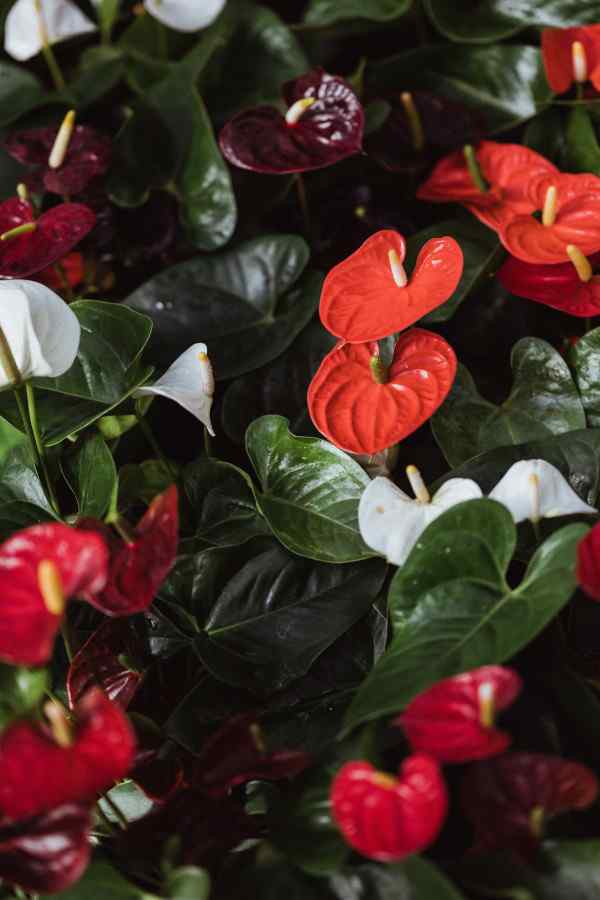
I believe the Anthurium is one of the most beautiful indoor plants and it embodies luxury. It is not unusual to see Anthuriums in hotel foyers.
These plants feature long, dark-green, leathery leaves and produce beautiful flowers that can last for weeks. The flowers, actually a kind of modified leaf or spathe, are heart shaped, waxy blooms that come in bright red, pink or white.
Due to their beauty, Anthuriums deserve a special position in the entry of a home or on a table or bench.
Climate
Anthuriums can tolerate all types of light but will grow best with bright, indirect light. If they are growing in low light, they will generally have fewer flowers and grow slower.
They do not like direct sunlight because similar to the Peace Lily, this can scorch their leaves.
Care Instructions
Only water these plants when the soil is dry to touch but don’t let the soil completely dry out. This plant is also prone to root rot so don’t let it sit in a tray of water. Anthuriums need a soil that is free draining but holds some moisture. A half and half mix of potting soil and orchid soil is best.
Anthuriums benefits from being fertilised every two weeks in warmer periods and to get the best flowers feed with a high-phosphorus liquid fertilizer.
Other
Unfortunately, many varieties of Anthuriums are poisonous or contain oils that irritate the skin so keep them away from children and pets.
Fiddle Leaf Fig (Ficus Lyrate)
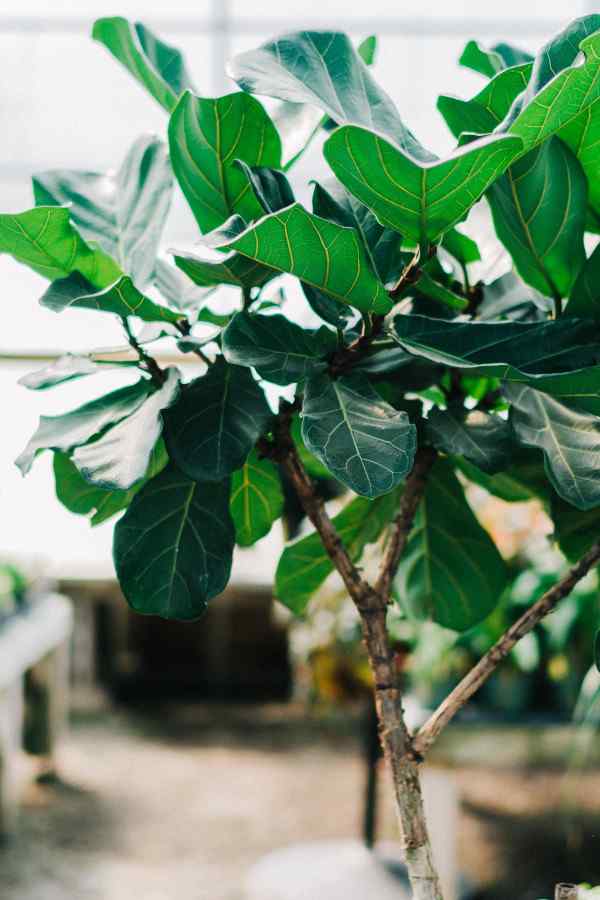
The Fiddle Leaf Fig is an iconic indoor plant with fiddle-like, green, shiny leaves and dainty veins. The plant presents a graceful silhouette indoors but in the wild it is less than graceful strangling other plants as it competes for light in the jungle.
Fiddle Leaf Figs can grow significantly over a year if they receive the right care. These popular houseplants can climb up to ceiling heights in your home or be trimmed to specific sizes and shapes.
Due to their overall size and sizeable, green, shiny leaves, these plants make stunning feature plants placed on the floor.
Climate
Fiddle Leaf Figs prefer a bright spot with filtered light but some sunshine throughout the day. These plants prefer warm rooms and humid climates similar to rain forest environments. If they start to develop brown spots they may be too cold.
Fiddle Leaf Figs are sensitive to drafts so position them away from open windows, air conditioning units and other sources of drafts.
Fiddle Leaf Figs can be stressed by moving them and any sudden changes can also cause their leaves to drop. Make sure make any changes gradually.
Care Instructions
The Fiddle Leaf Fig can be, well, fiddly when it comes to care but with a few tips you will be a confident owner and master fiddle leaf fig care.
Rotate your plant every few months when you notice it reaching for the light but do not move it suddenly.
Wipe down the leaves once a week to keep them free of dust. This is especially important because its leaves are large and prone to dust. This will help your plant absorb more sunlight.
Only water your Fiddle Leaf Fig when the top section of the soil is dry. Using water that is lukewarm will ensure your plant doesn’t go into shock. These plants like a thorough watering, but do not like to sit in water. Remember, an under watered Fiddle Leaf Fig will have leaves that turn brown along the edges and drop. An over watered plant will have dark brown spots and edges on its leaves and an unpleasant smell coming from its soil.
For the best fiddle leaf fig care, they also require regular feeding to sustain their large leaves. Use an indoor plant fertilizer to keep its leaves lush and vibrant.
Another important part of fiddle leaf fig care is pruning. This can encourage growth. Start by pruning back any old growth or damaged leaves. You should also trim back any branches that are growing into the centre of the plant because these plants require breathing space for healthy growth. Make any pruning cuts away from main stems so you don’t damage these stems or cause weakened areas susceptible to disease.
Other
Fiddle Leaf Figs are surprisingly easy to propagate by taking a cutting and placing it in a sunny position in water. Replace the water when cloudy or dirty and within a month your cutting should grow roots. Then you can transfer to a pot.
Rubber Plant (Ficus Elastica)
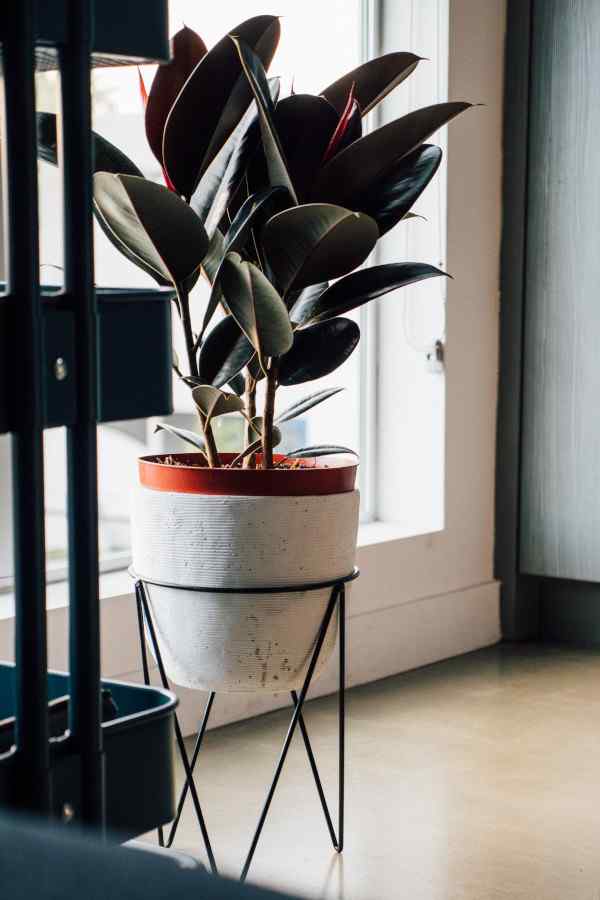
The Rubber Plant, sounds boring, but is also a hugely popular, fast growing indoor plant. It is generally a large plant that can grow to ceiling heights and features large waxy (or rubbery) leaves in a range of colors to suit your indoor environment. Most feature shiny leaves in shades of dark green and burgundy but there are also varieties with reddish-black leaves. The new growth on Rubber Plants can be particularly shiny and colourful.
They can also be encouraged to remain small by planting in a small pot.
These plants make stunning feature floor plants due to their size and beautiful foliage.
Climate
Rubber Plants prefer bright, indirect light that isn’t too hot. Direct sunlight can result in scorched leaves. Some of the variegated varieties will need more light to increase their colors.
These plants prefer warmer environments and more humid air but can survive in less humid environments. They are however sensitive to temperature changes and prefer a consistent humidity and temperature.
Care Instructions
Water weekly in the warmer months, and every second week or monthly in colder months. They like a moist but well-drained soil. Be aware they are prone to root rot. Make sure the top layers of soil are dry before watering. If the leaves on your plant start to droop, it is asking for more water.
Wipe the foliage regularly with a damp cloth to keep it dust free and to help your plant absorb more sunlight. Misting is another option for the Rubber Plant.
Other
Be aware that cutting the branches will release some of the plant’s sap.
Jade Plant (Crassula Ovata)
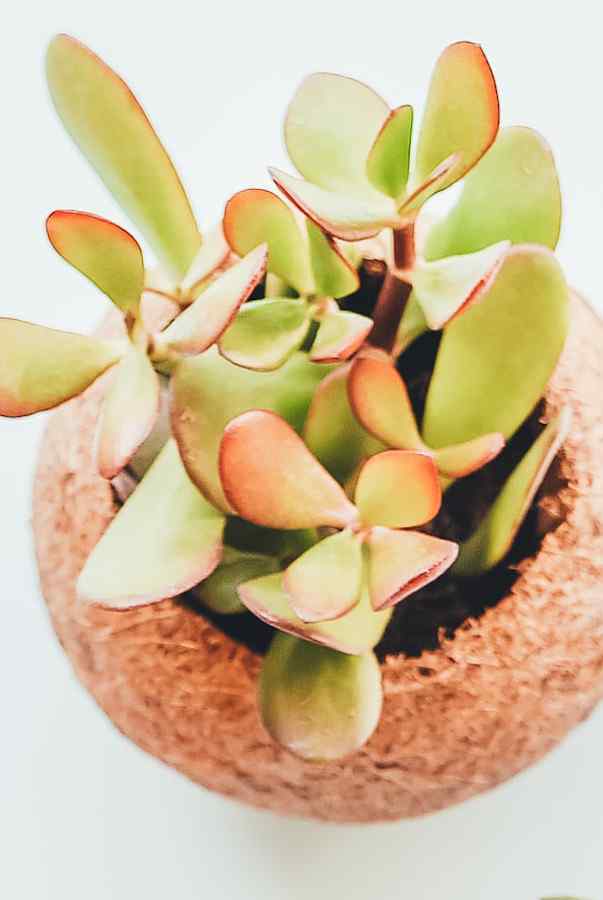
Climate
These plants enjoy a warm environment and direct sunlight. They need sunlight to avoid becoming stunted. So, you should aim for your plant to receive at least 4 hours of sunlight per day. Jade Plants do not tolerate the cold and are not frost-tolerant.Care Instructions
Water only when the soil is dry to touch. The Jade Plant likes a moist but well-drained soil. Water weekly in the warmer months and every 2 – 3 weeks in the colder months. Wipe their leaves occasionally to remove dust, keep the leaves shiny and increase its ability to absorb sunlight.Other
The Jade Plant is an extremely popular Asian housewarming gift recognised for bringing positive energy and financial wealth into the home when placed at the front of homes. Unfortunately, Jade Plants can be toxic so keep them away from children and pets.Boston Fern (Nephrolepis Exaltata)
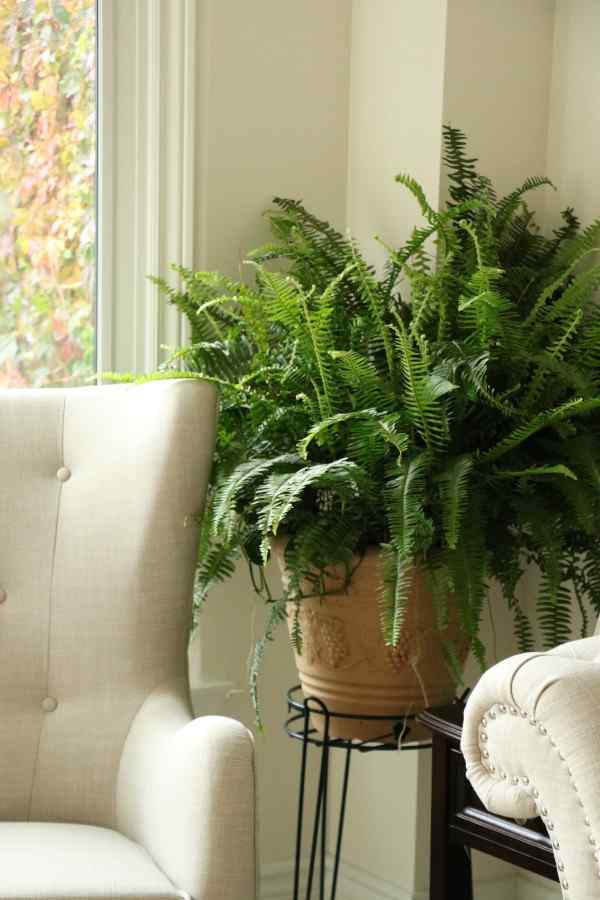
Boston Ferns are an easy to grow plant featuring long sword-shape green fronds that grow upwards and then eventually arch gracefully as they get longer and older.
The foliage can be green, bright gold and even a green-and-gold variegated variety. The leaf shape can be flat, curly, wavy or twisted. These plants bring a light and airy feel into the home.
Boston Ferns are also great at purifying the air and are safe for children and pets.
This plant looks stunning on a pedestal, in a collection on a table or hanging in a basket.
Climate
Like most ferns, the Boston Fern needs high humidity to thrive but will tolerate lower humidity environments. Misting and or sitting the plant on a tray of wet pebbles will assist in creating this environment.
The Boston Fern requires bright, indirect light. If it does not receive enough light the fronds become dull and sparse. However, if it receives too much sun the fronds will scorch and burn.
Care Instructions
It is very important to keep your Boston Fern’s soil consistently moist but not soggy. Boston Ferns like a peaty, soil-based mix. If the soil dries out, the fern will also dry out and drop many of its leaves.
Feed these plants monthly with an indoor plant fertilizer at half strength during the warmer months.
If hanging these ferns, ensure there is enough room above the plant for growth and air circulation.
Other
The Boston Fern can be divided when re-potting to propagate.
So, what can I do to make my fast growing indoor plants grow even faster?
If you want to speed up the growth rate of your indoor plant, you need to provide everything it needs to continue growing at a healthy rate. Your plants need will change as they grow but here are some general tips:
- Repotting – periodically you will need to take your plant out of the pot and tease out and trim back the root ball. This is an opportunity to replenish the nutrients available to your plant with new soil as well.
- Pruning – trim back old growth so your plant focusses on the new growth.
- Temperature and Humidity – if your plants enjoy more humid environments, mist the plants and stand them on a tray of stones and water. Be careful not to leave the plant standing in water though as this can lead to root rot.
- Cleaning Leaves – Wipe down plant leaves with a damp cloth to remove dust. A build-up of dust not only looks unappealing but interferes with your plant’s ability to absorb sunlight efficiently.
- Fertilize and Water – give your plants water and fertilizer only when they need it. Too much love is a common mistake that often kills indoor plants.
Tip
There is another trick to growing your indoor plants quickly. Pot your plant in a container that is a size (couple of finger widths) bigger than the root ball of your plant. This will encourage your plant to grow because its roots will grow into the additional soil space and then the foliage will follow. However, don’t choose a pot that is significantly larger than the current root ball because then your plant will spend a lot of time growing its roots and not foliage.
Conclusion
So, whether you would like a single statement plant, a collection of potted plants in a table display or an airy hanging basket of ferns, there is a fast growing indoor plant to suit you and your environment.
Make sure you hang around and check out our other indoor gardening blog posts.
Remember, life is better with indoor plants!




